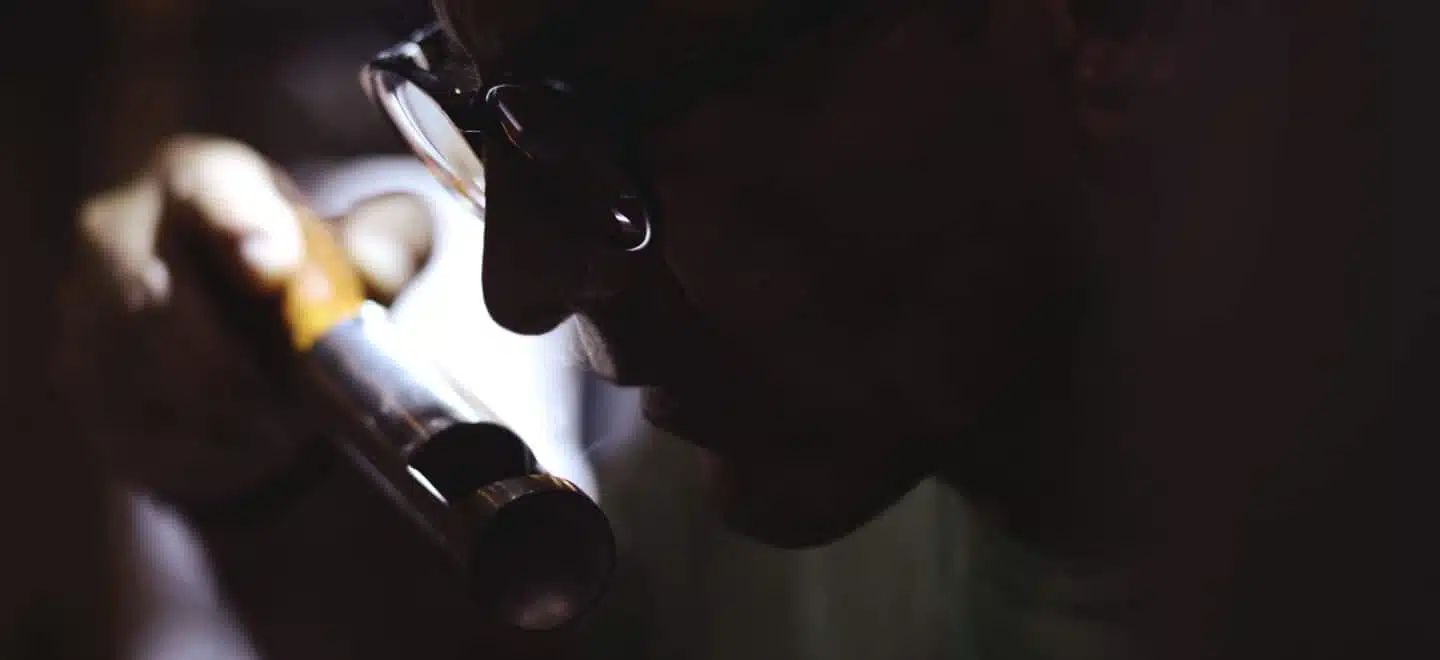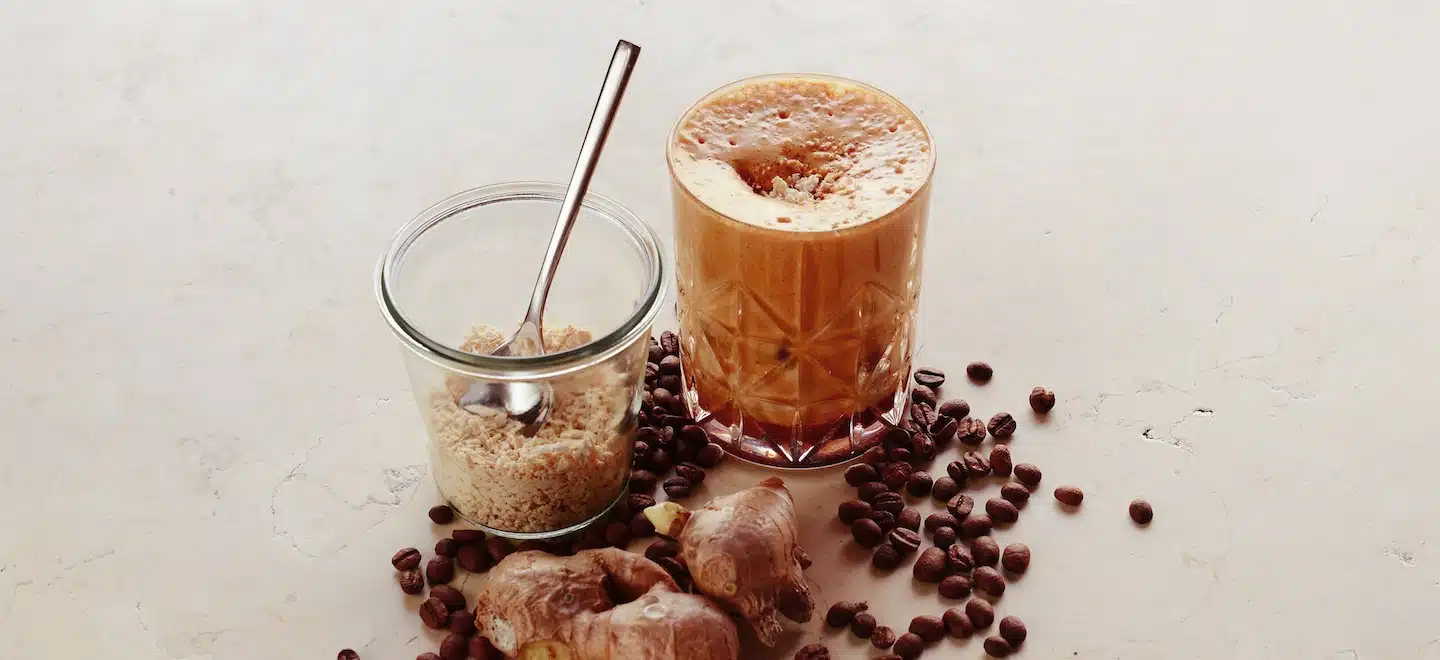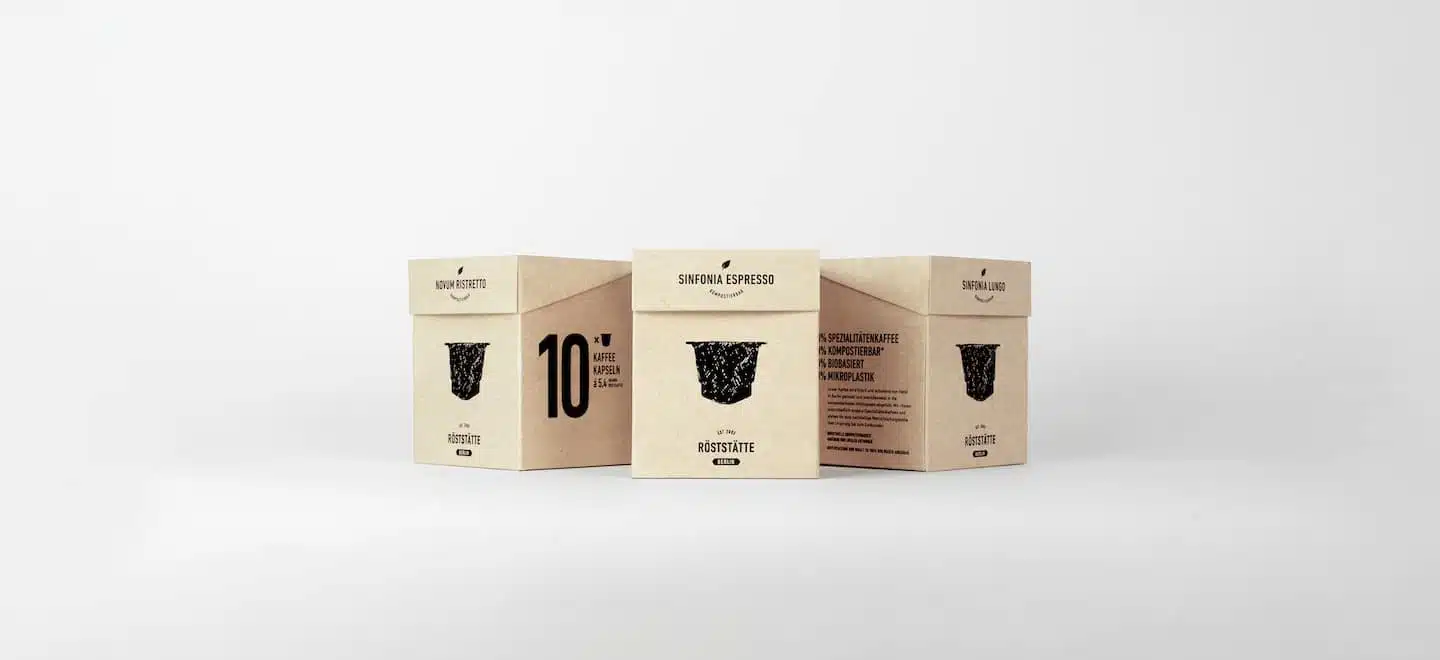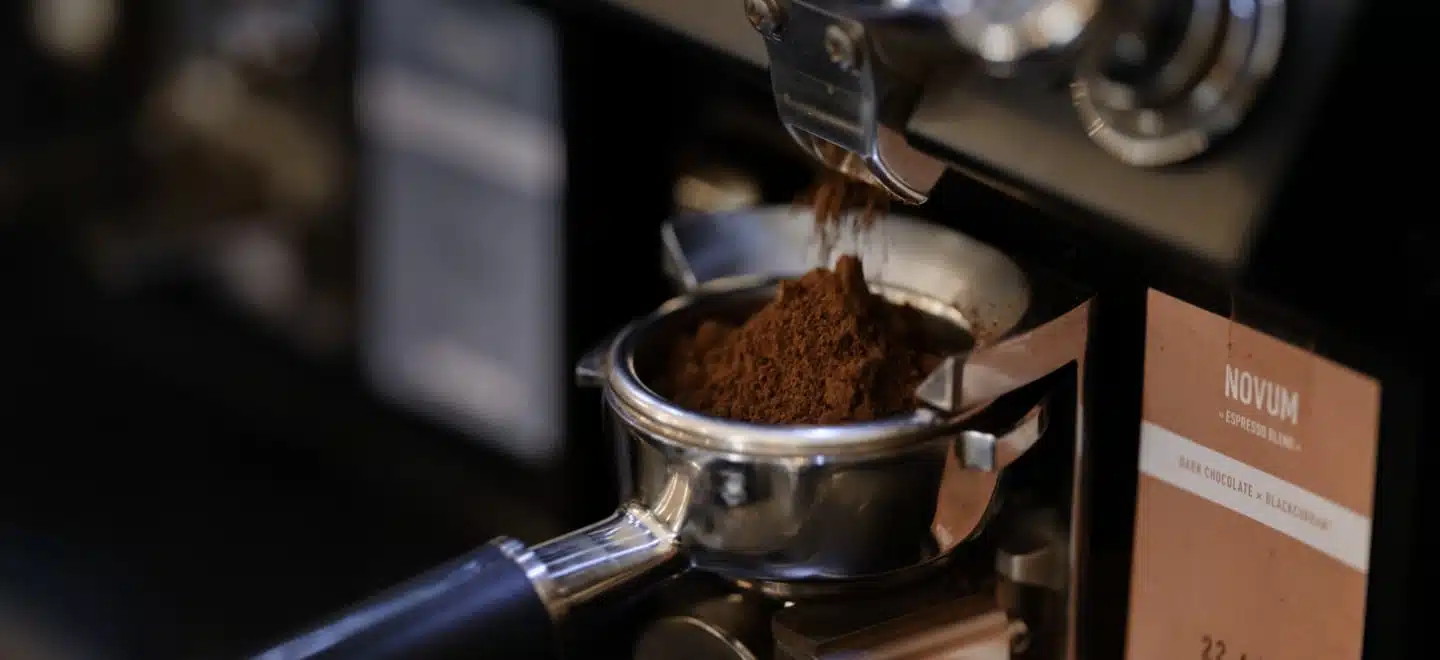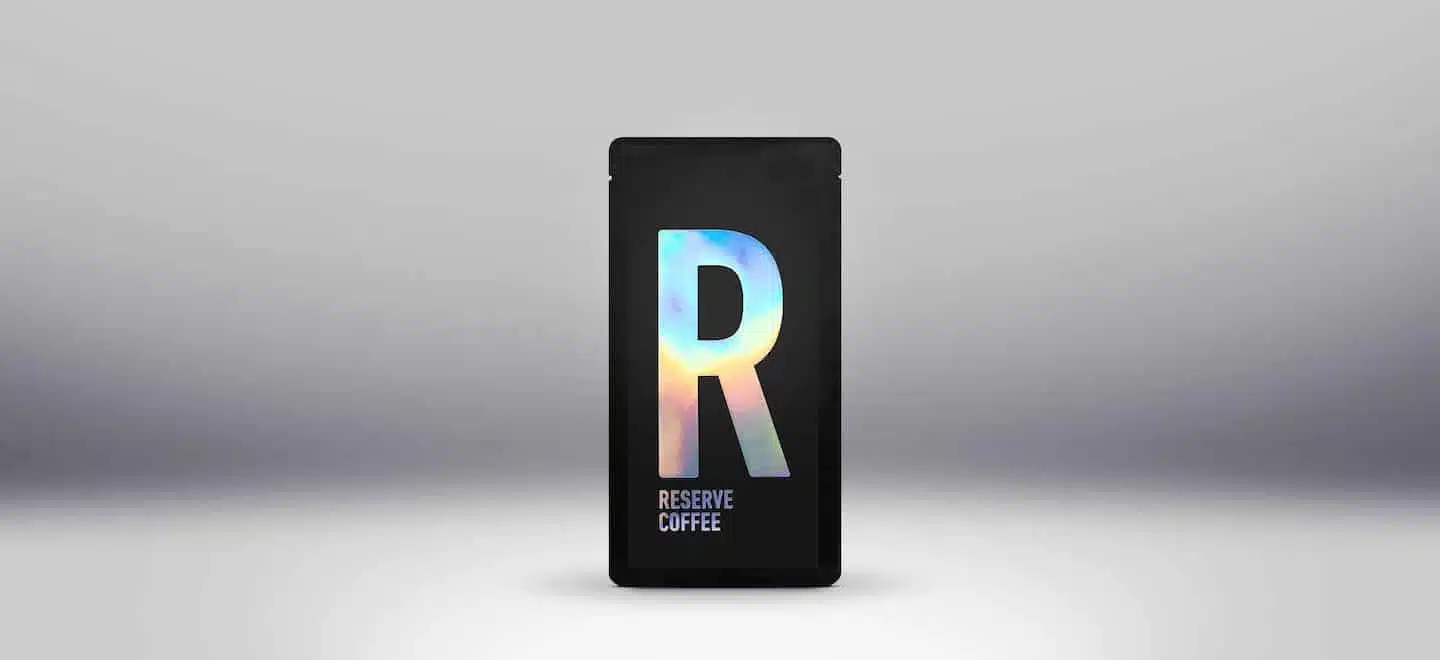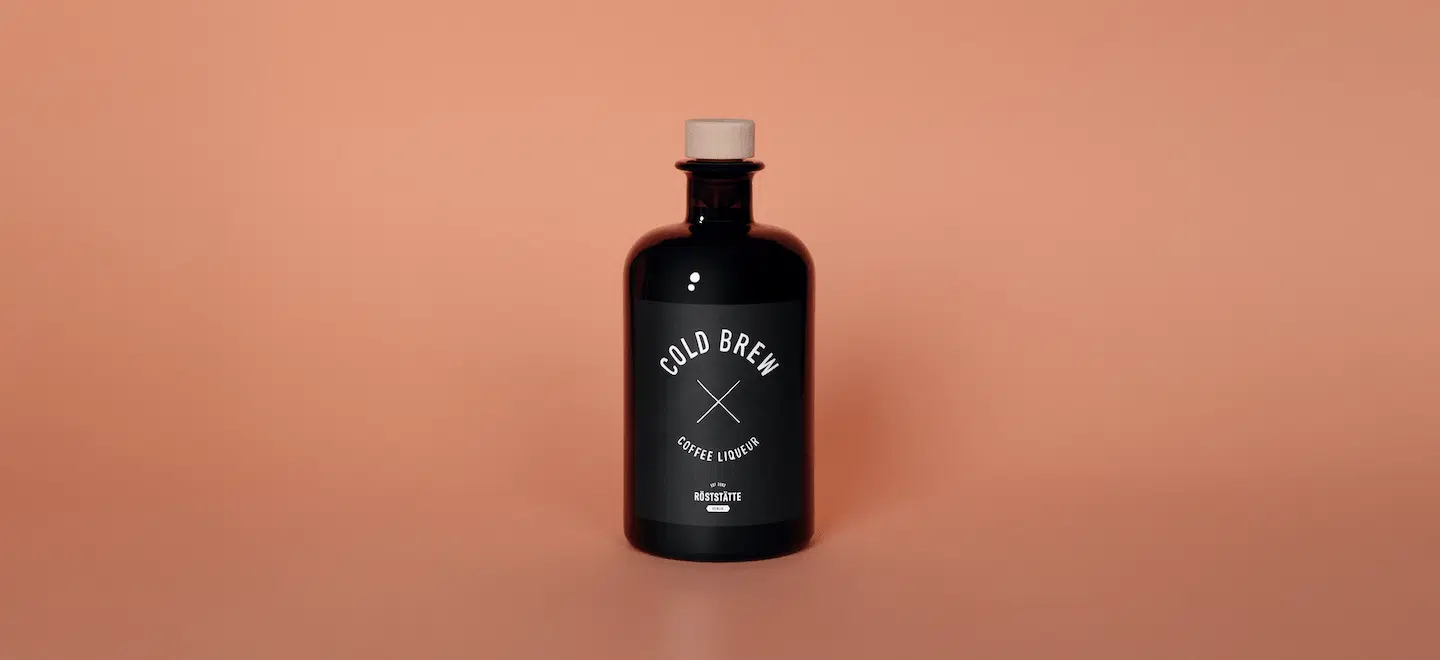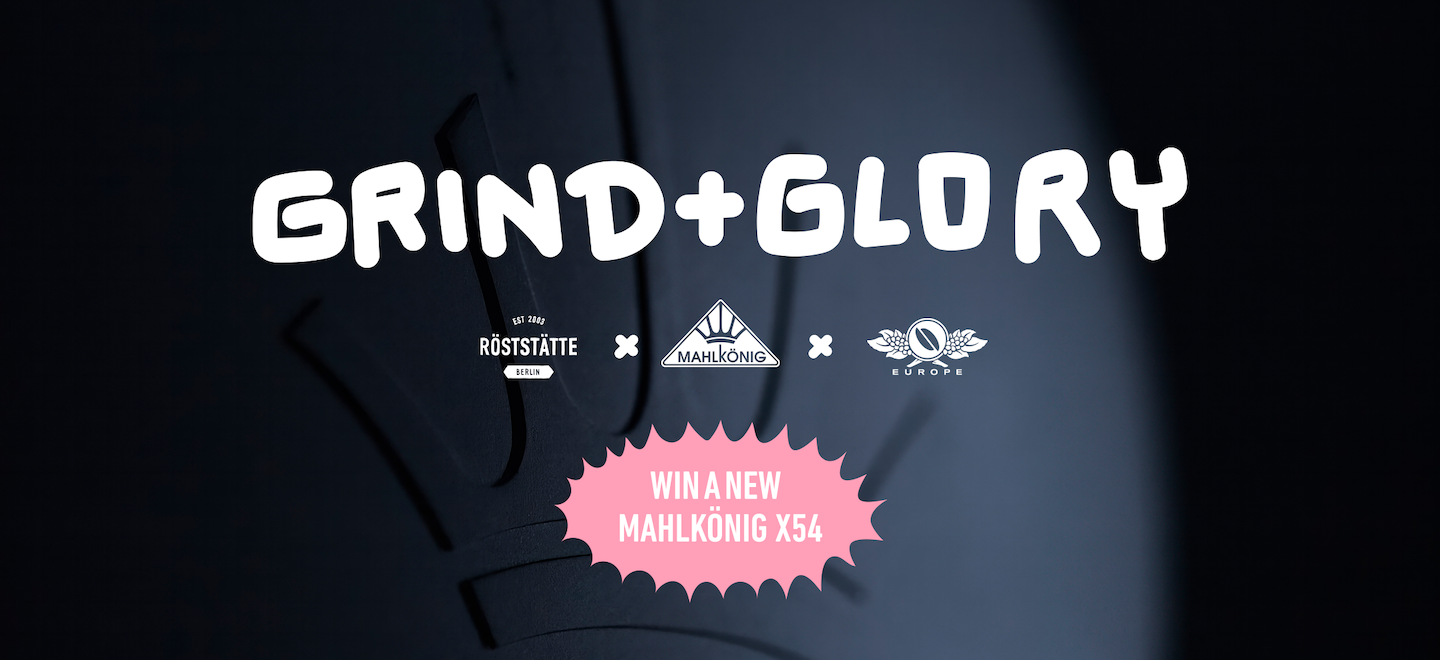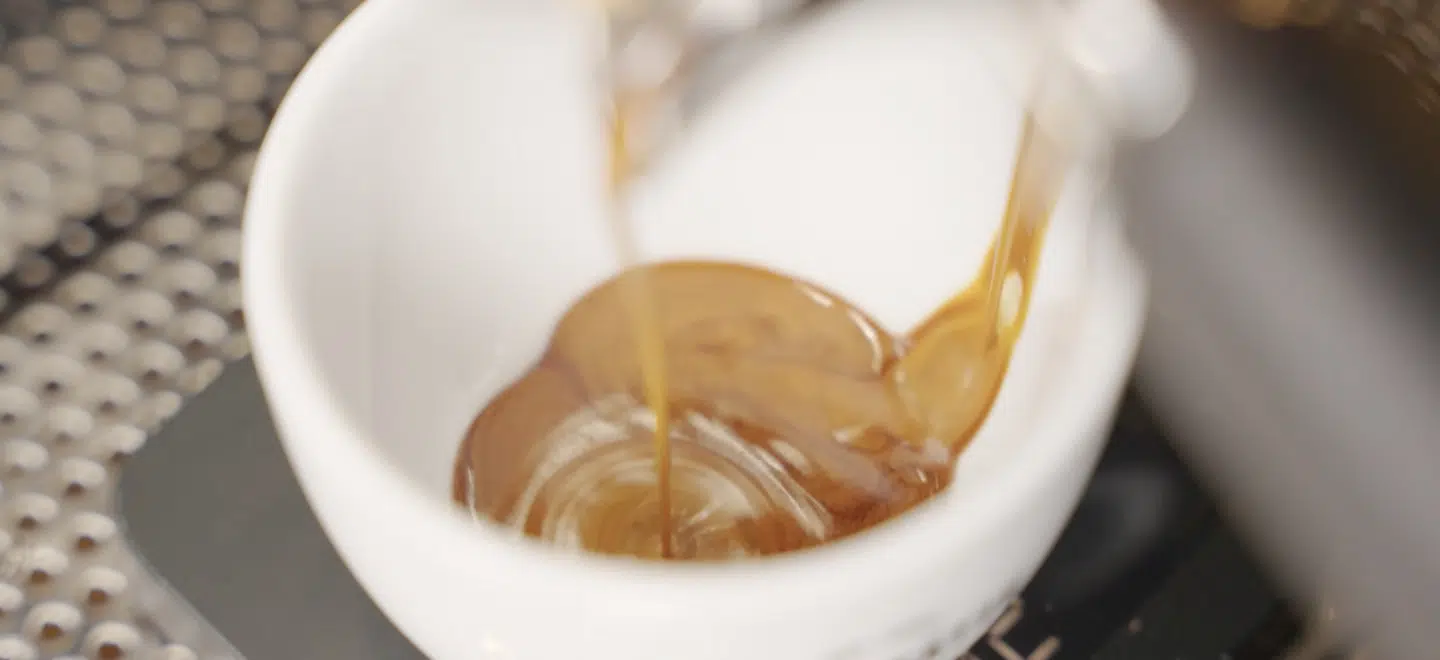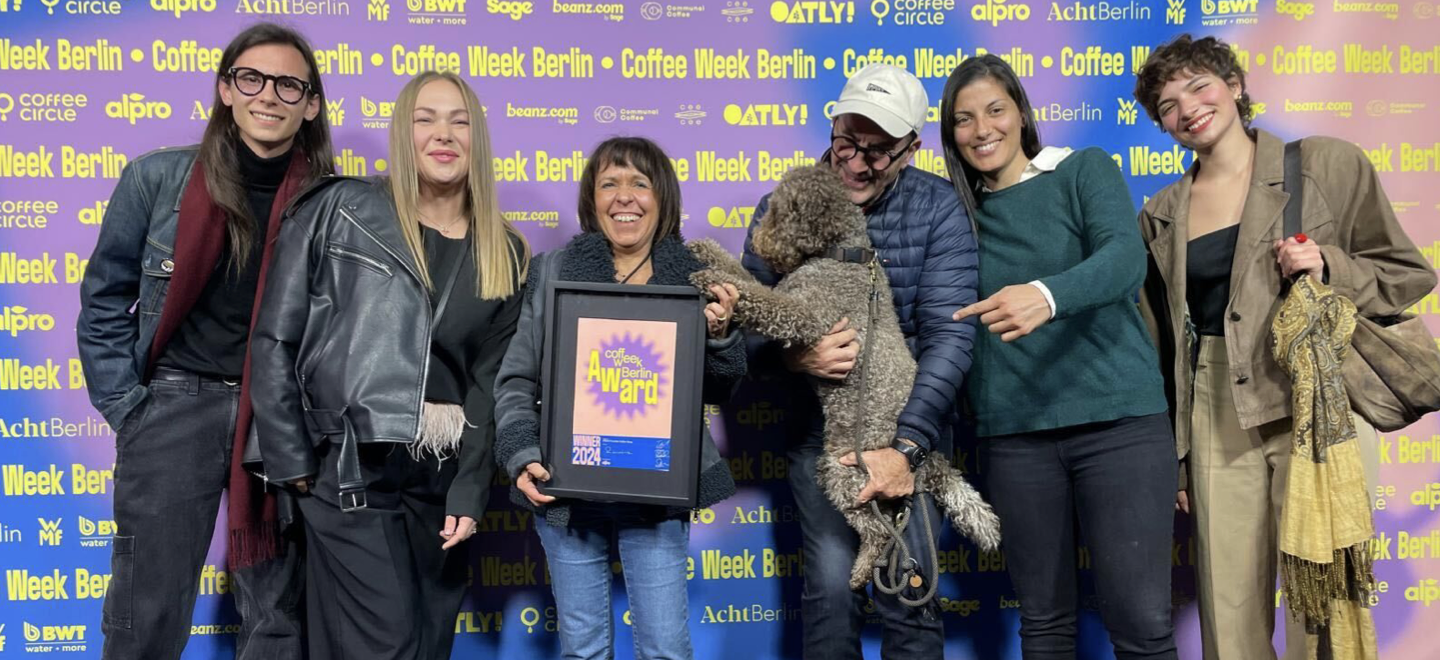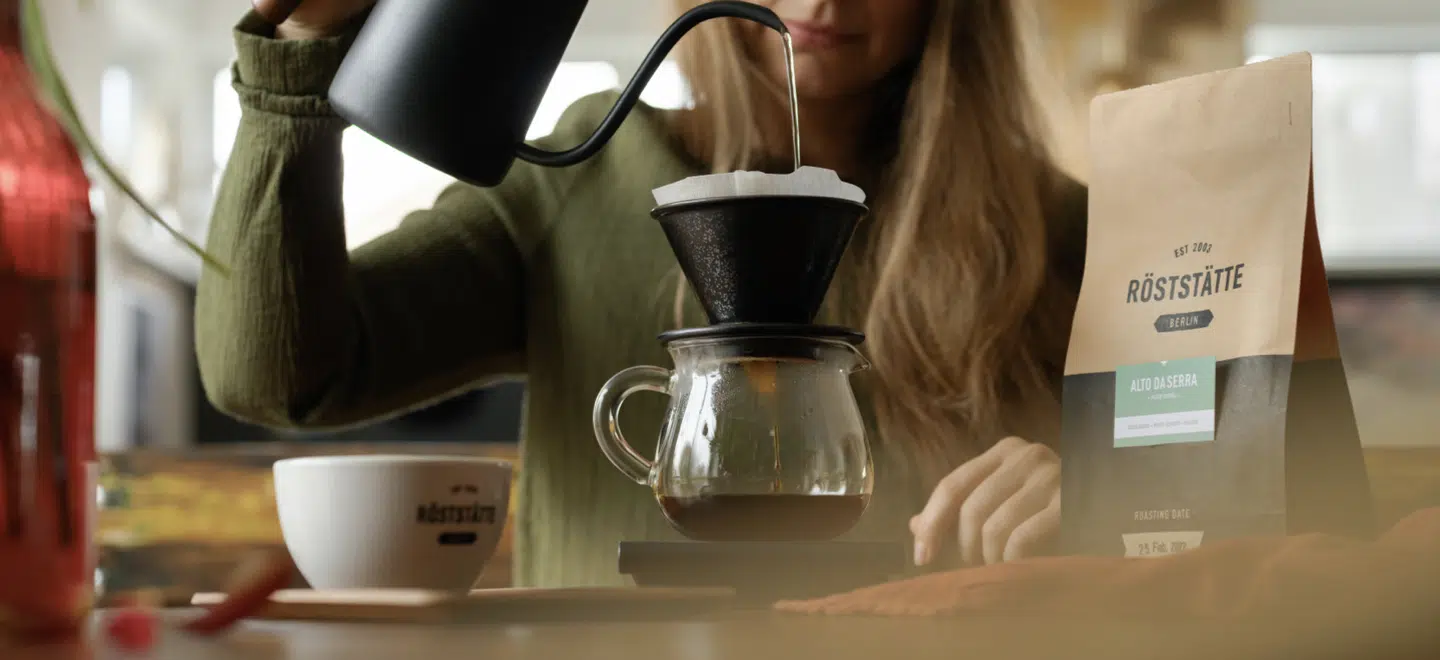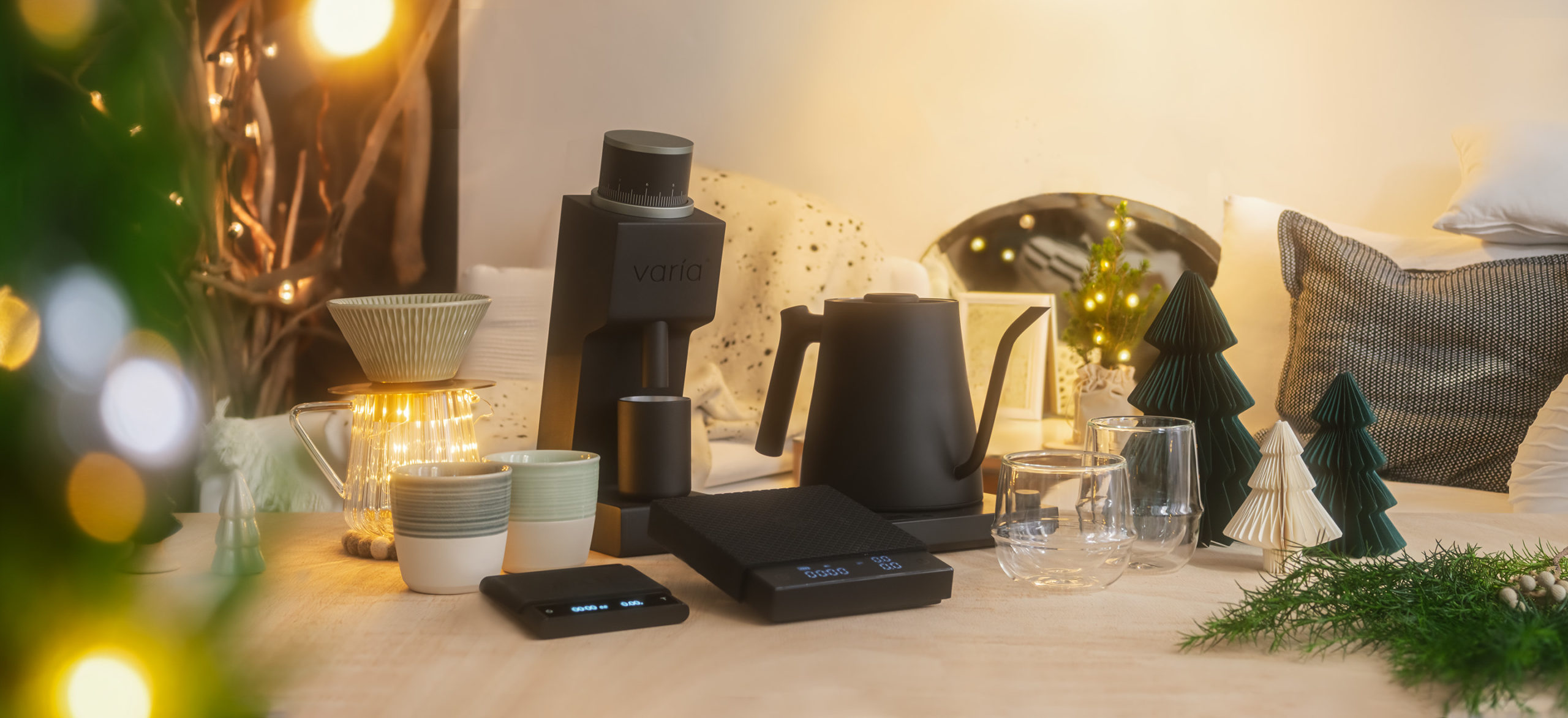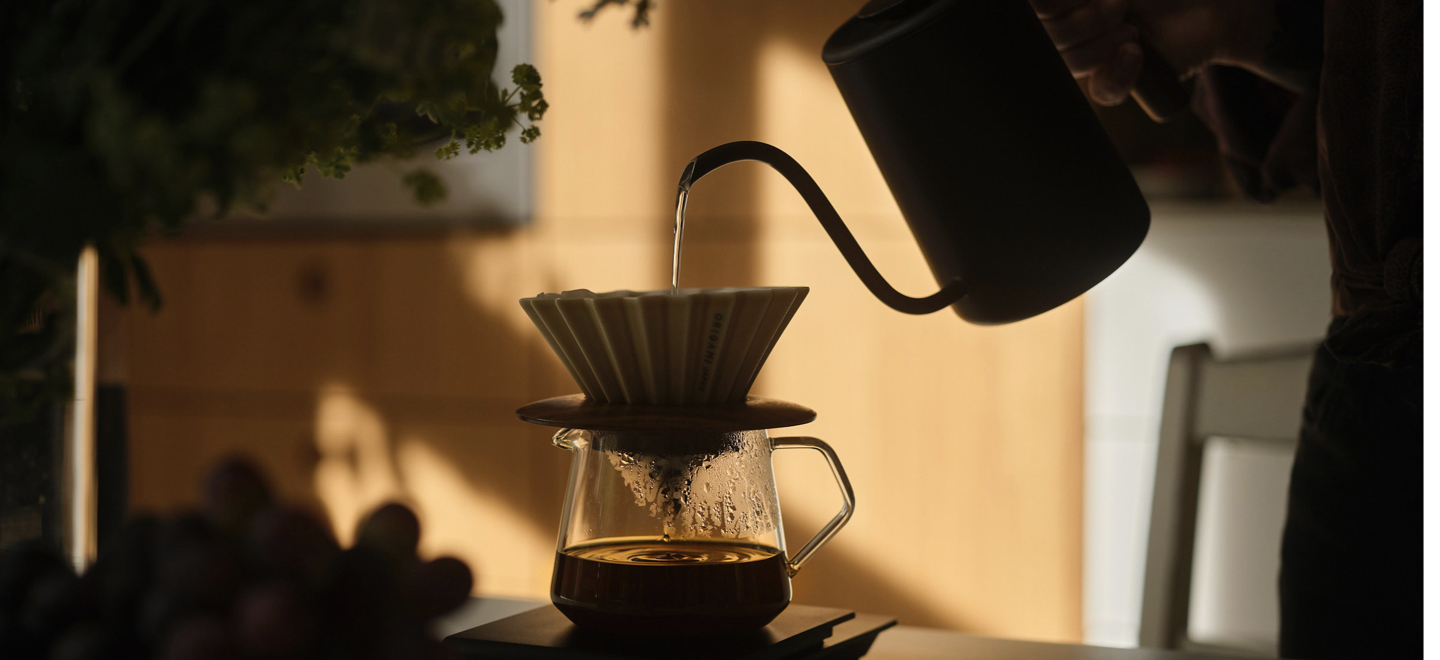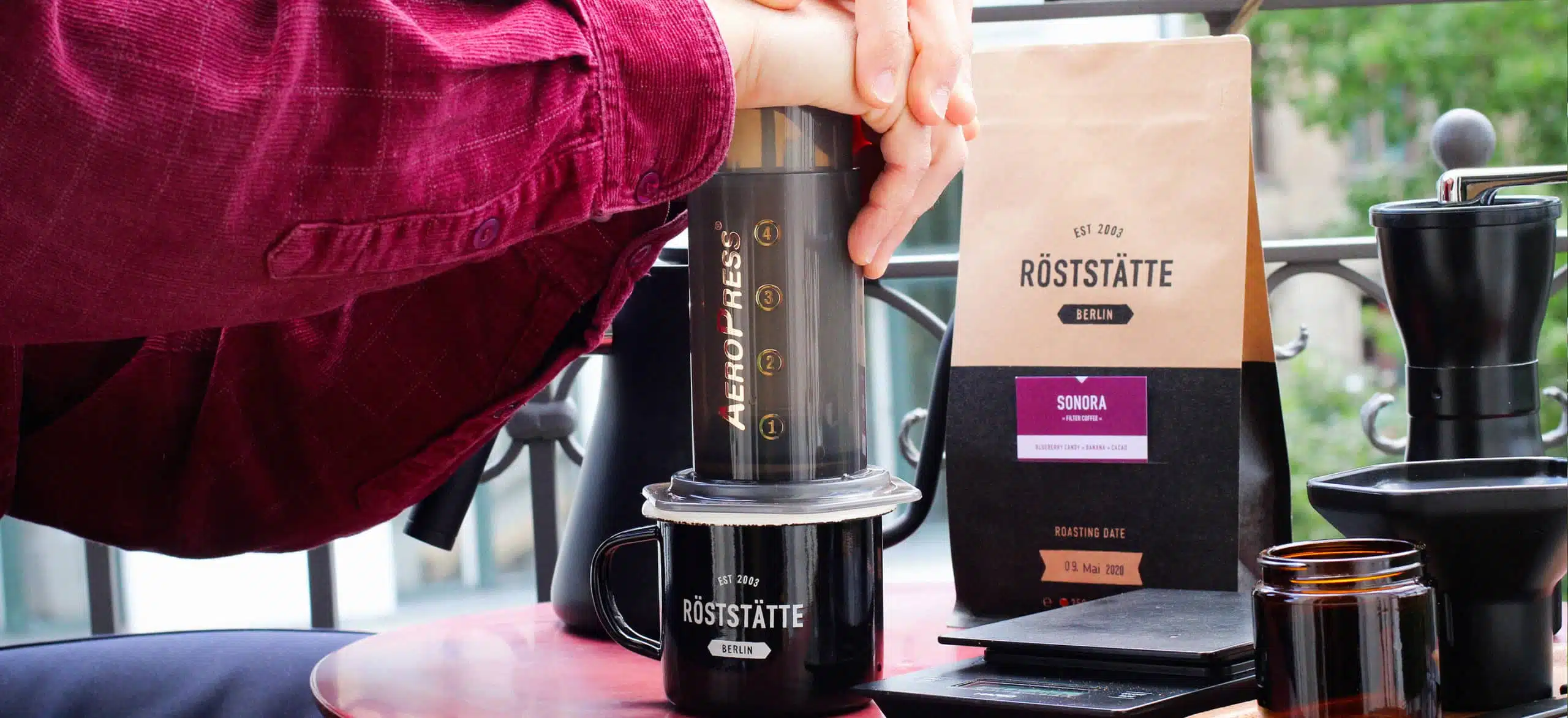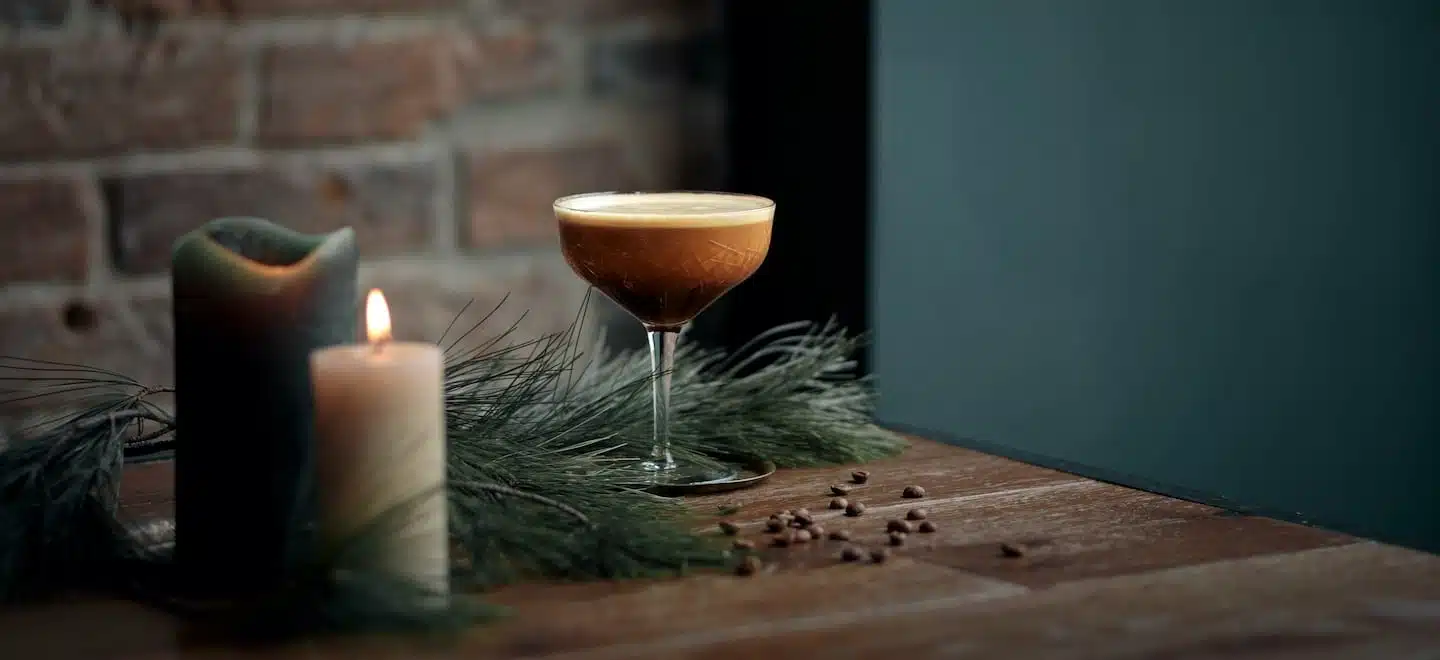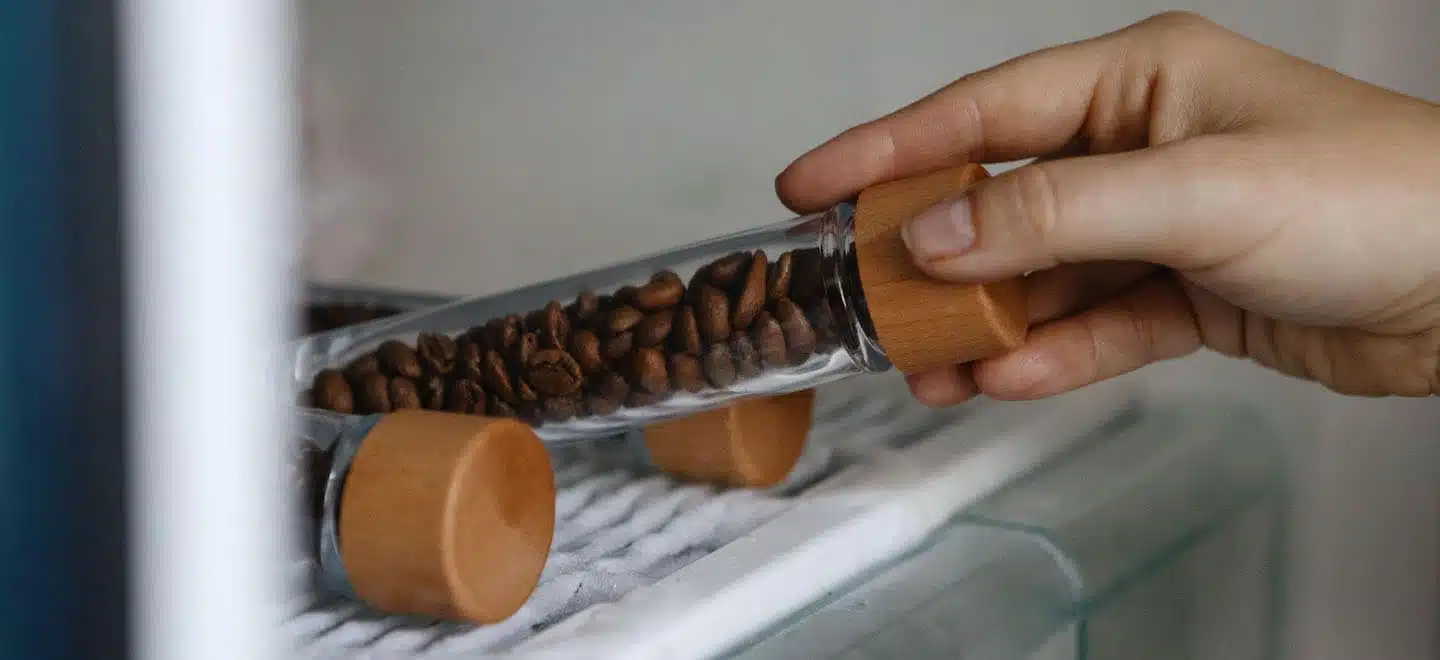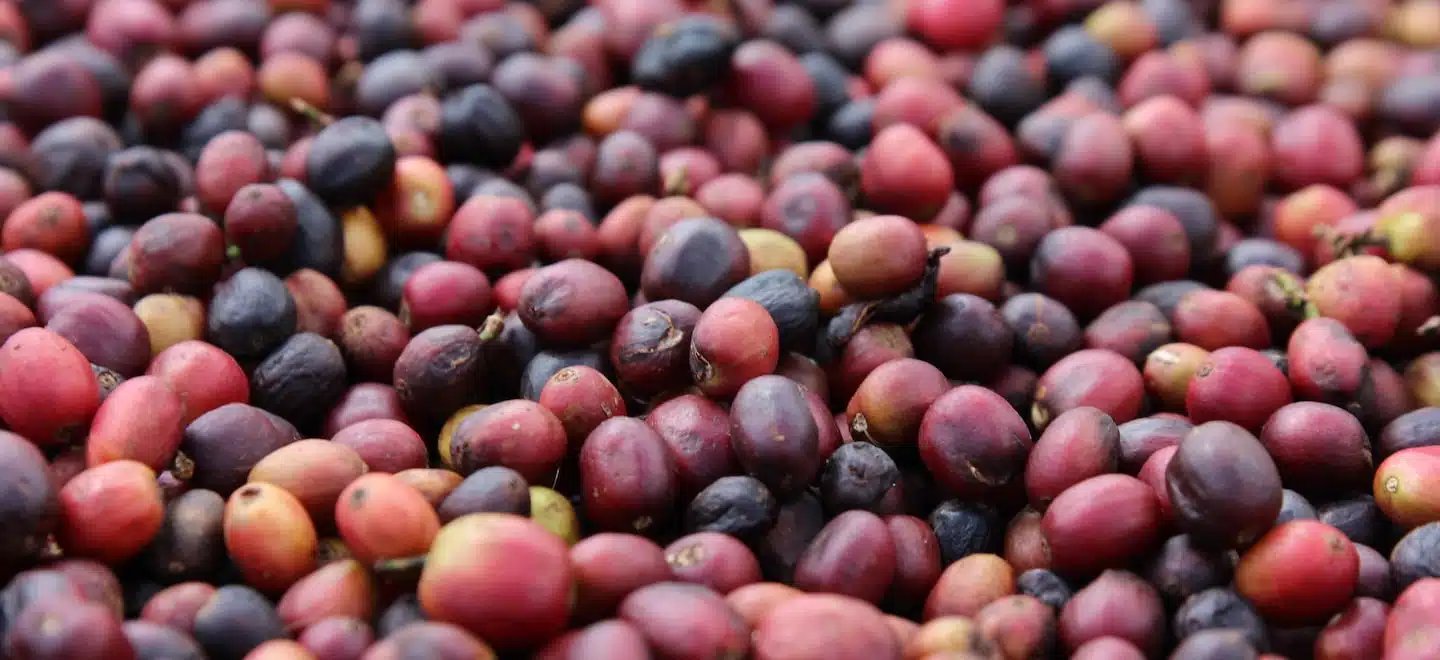How to brew filter coffee: Five tips for delicious coffee
Filter coffee can be brewed with different brewers, recipes and parameters. We will show you a few practical tips so that you can orientate yourself on some parameters that are suitable for handy brewing methods.
A lot has changed since grandma's old Melitta hand filter. At the latest with the so-called Third Wave Movement some pour-over techniques have evolved – or entirely new coffee makers have come onto the market. We are a big proponent of handheld brewing methods, because controlled extraction allows you to taste a wide variety of flavours in your coffee.
Tip 1: Choosing the beans
When it comes to the quality of coffee, there is some information on the packaging that indicates the quality and taste of the coffee. On the one hand, this is the origin of the coffee and the roasting date, and on the other hand, the variety (Arabica or Robusta). At Röststätte, we only roast high-quality Arabica coffees that come from small farms or renowned estates that are grown in a nature-friendly way. We compile the information about the origin and the variety on our coffee cards, which are in the front pocket of the packaging.
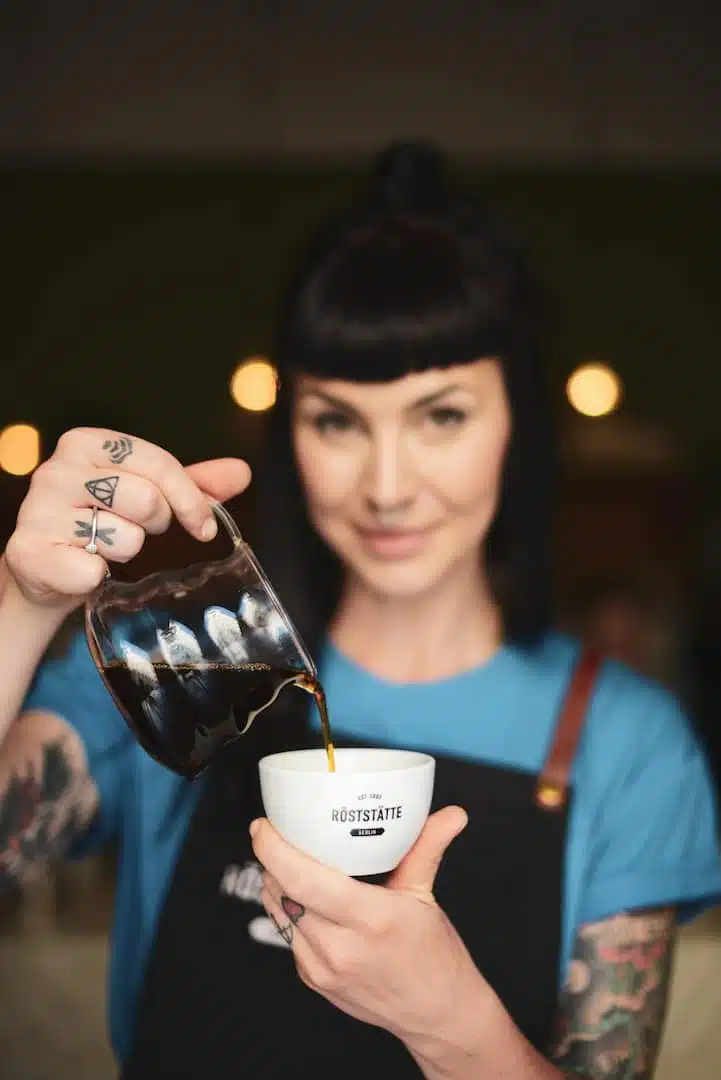
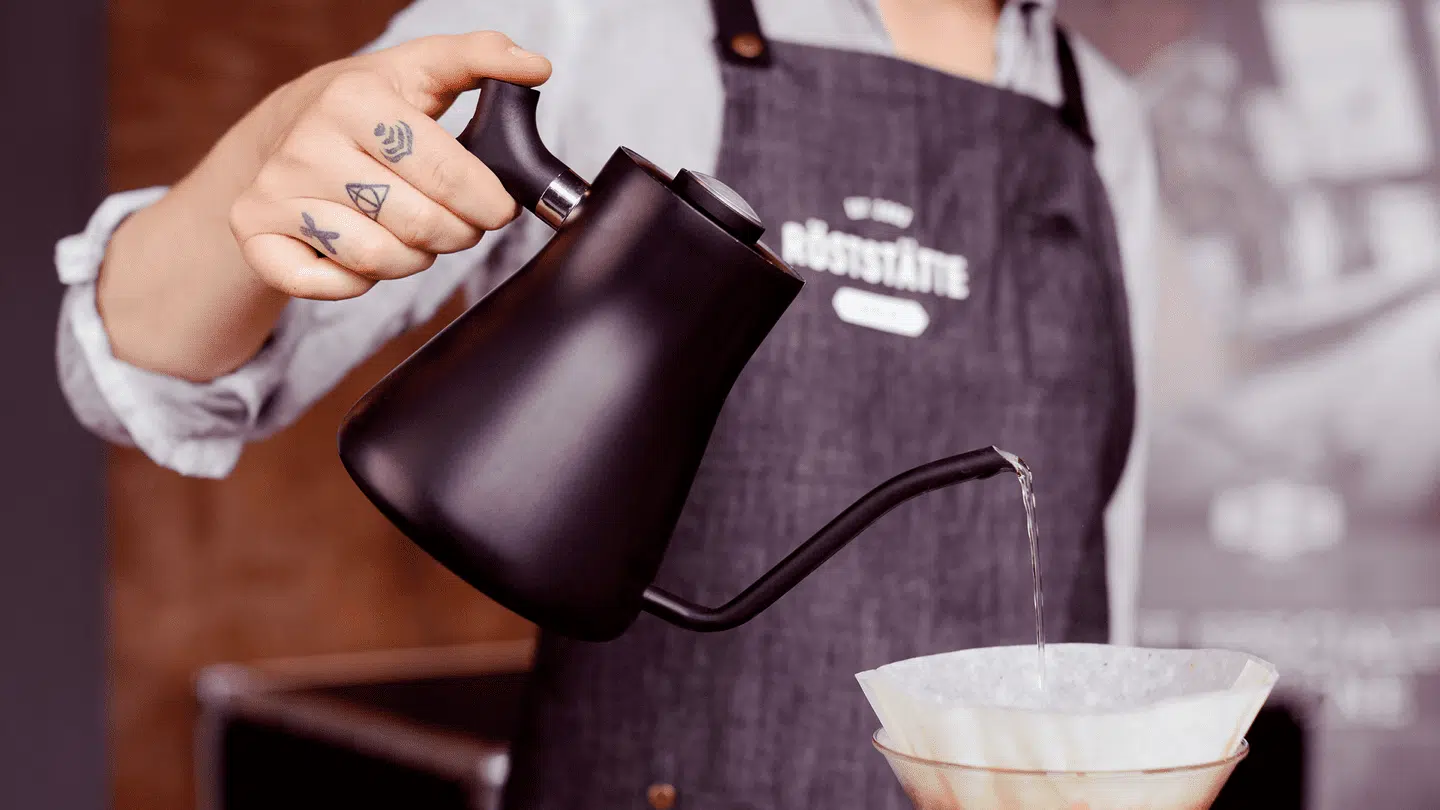

Information on the origin of the coffee also indicates the taste. African soil, for example, has a higher mineral content than many South American farmlands. In return, the soil conditions in Latin and South America provide more nutrients than in Africa. The taste of African coffees is therefore often fruity, while a classic South American coffee tends to be reminiscent of chocolate.
Tip 2: Mill & Grind
Brewing coffee is like cooking. A certain recipe is needed. This includes the grind, which has a decisive influence on the extraction time. This refers to the time it takes for the water to dissolve the desired ingredients from the coffee. A grind that is too coarse or too fine, or the wrong extraction time, can make a good coffee seem uninteresting or change the taste adversely. This is called over-extracted or under-extracted coffee. For filter coffee, a precisely grinding hand mill with a ceramic or stainless steel grinder is often suitable.
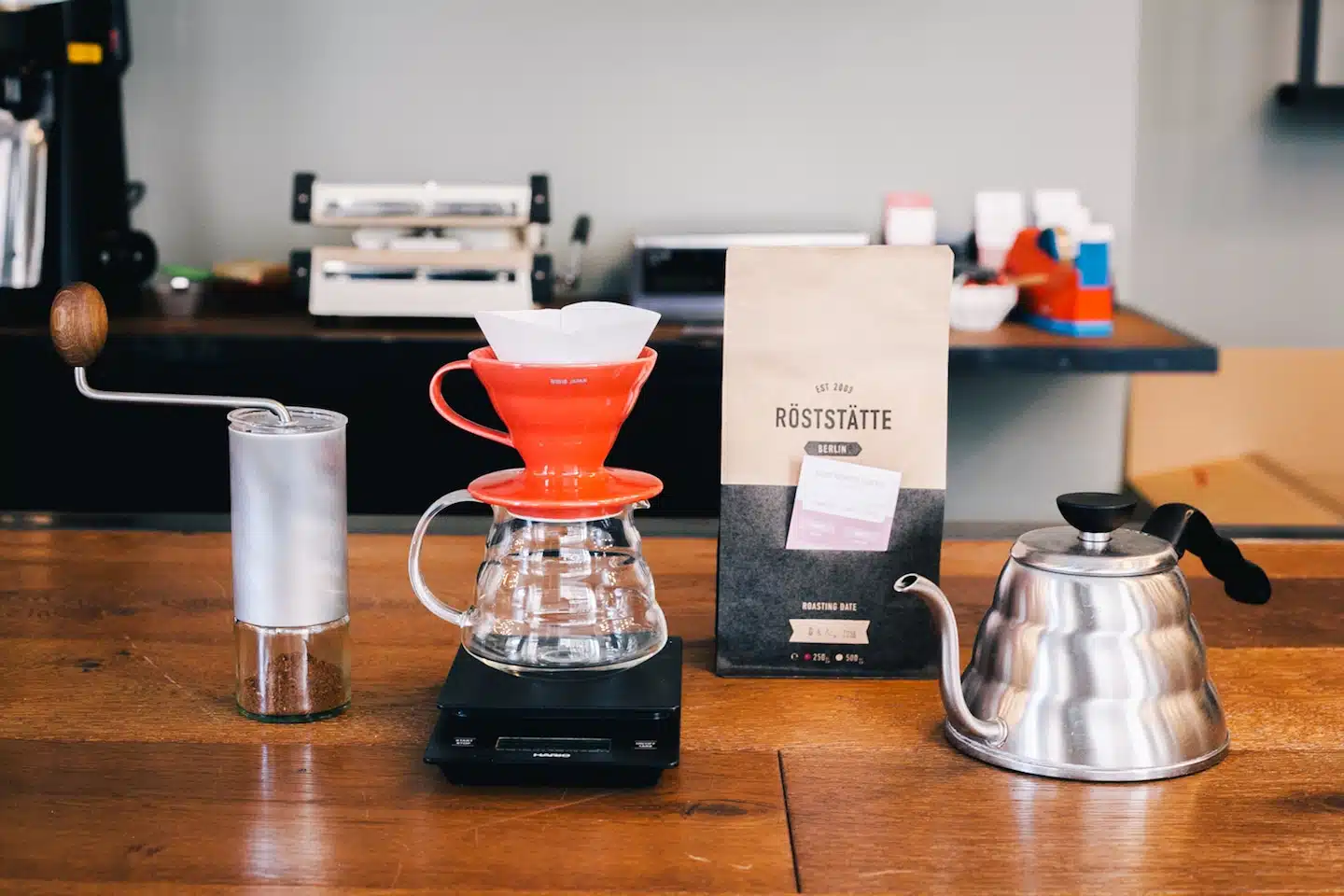

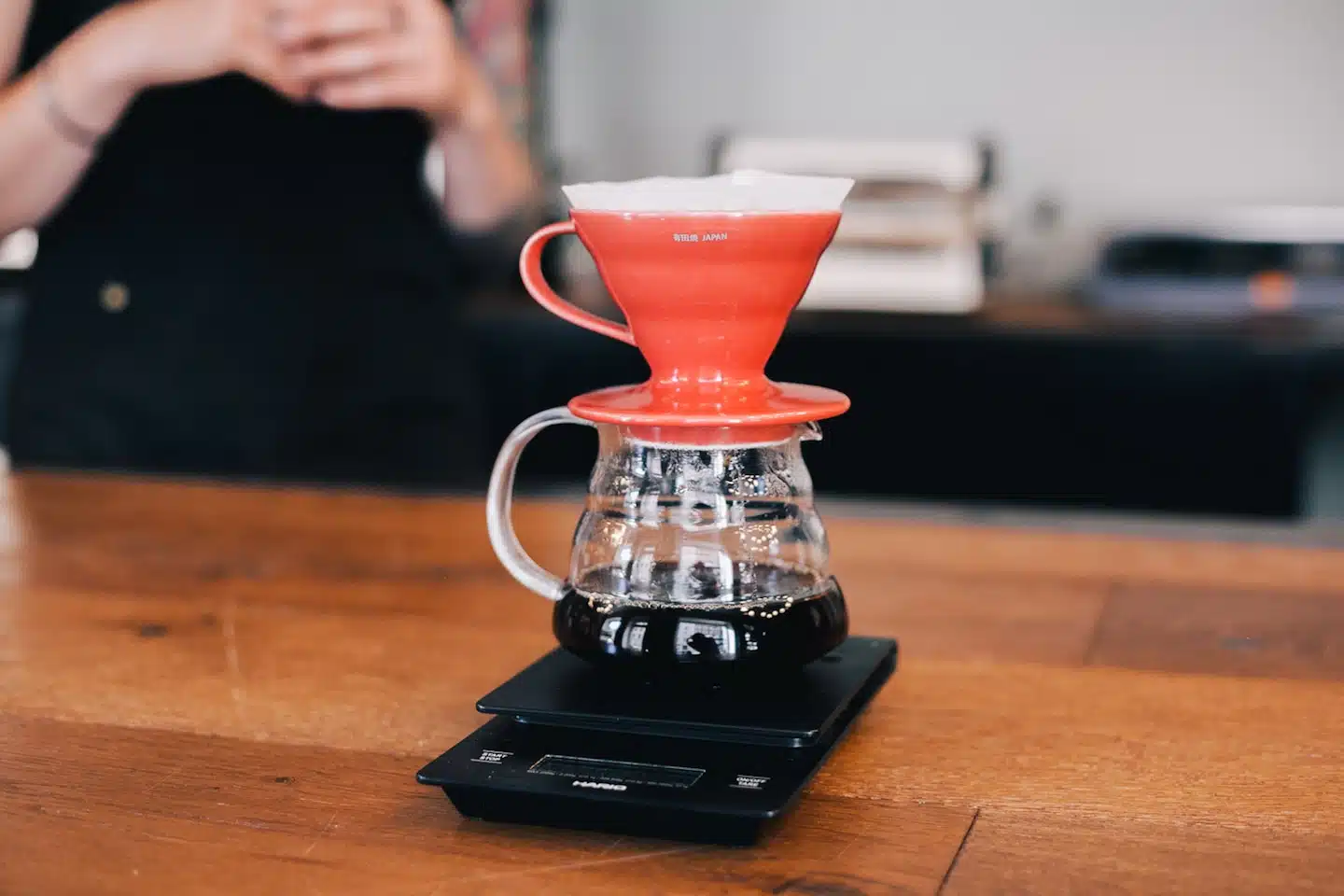
The grinding process increases the surface area of the coffee bean for contact with water and breaks down the cell structure in the beans, releasing the numerous aromatic substances and dissolving them in contact with water. Ground coffee loses 60 percent of its aroma after only 15 minutes, so it tastes best if you grind the coffee beans as fresh as possible.
Tip 3: Filter the water
A full 98% of your filter coffee consists of water. You can use the local tap water for brewing filter coffee. However, you should definitely filter the water to optimise the brewing water and protect the material in the long term. There are various methods for preparing water at home. An inexpensive and very practical tool is the BWT table filters, which bring out the flavour of coffee and tea and filter out unwanted substances such as lime, chlorine and heavy metals from the water. Still mineral water from the supermarket is not suitable for brewing coffee due to its high sodium and mineral content.
Tip 4: The temperature
No matter how you prepare your coffee or what equipment you use - the temperature of the brewing water should be between 88 and 94° C, depending on the coffee. We recommend setting the temperature to 95° C, because as soon as the water hits the coffee bed, it quickly loses temperature. After the brewing process, you can let the coffee cool down for a few minutes until it reaches a comfortable drinking temperature.
Tip 5: Precision
By using a precision scale and a timer, you can precisely determine the quantity and extraction time, because these are the most important factors, apart from the temperature, with which you can influence the extraction. We recommend that you start with a recipe of 60g of coffee to 1 litre of water and adjust it to your personal taste if necessary.
Zurück zur Übersicht
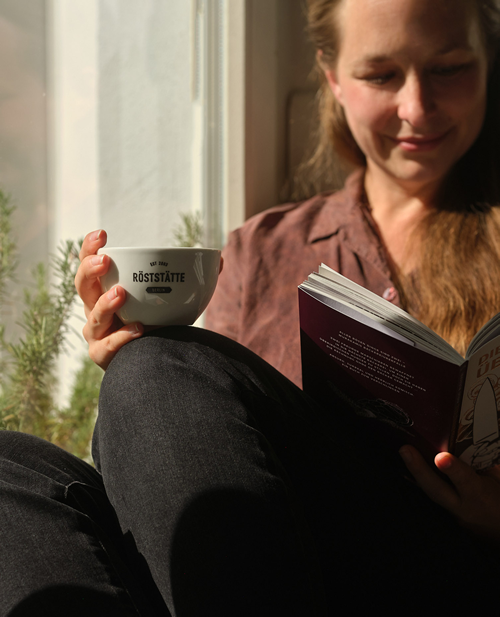
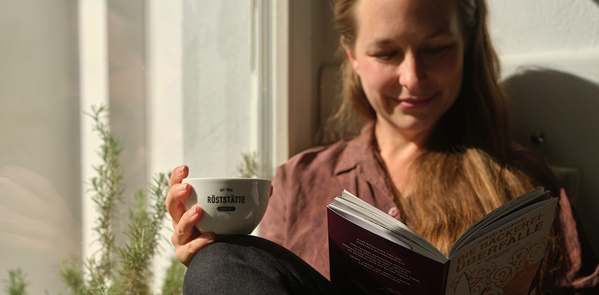
Wir schenken Dir 5€
auf Deine nächste
Kaffee Bestellung
Gutscheincode anwendbar auf alle Kaffeprodukte. Mit der Anmeldung erklärst Du dich damit einverstanden, E-mail Marketing zu erhalten. Datenschutz
Check Dein Postfach !
Wir haben Dir soeben eine Mail mit einem
Bestätigungslink an Deine angegebene
E-Mail-Adresse geschickt.
